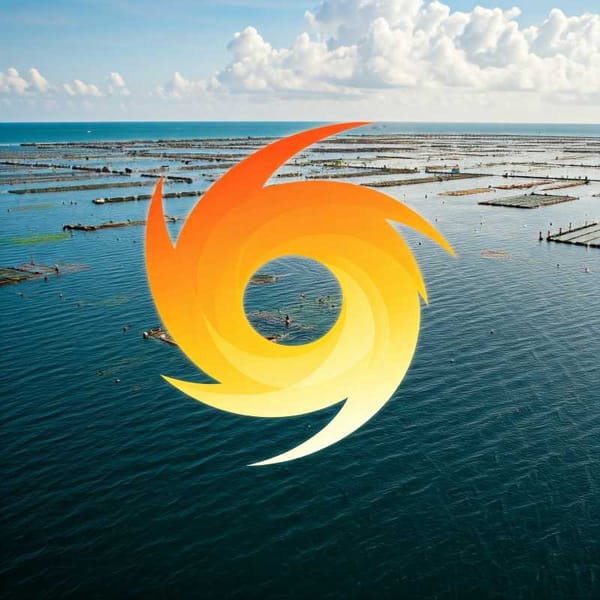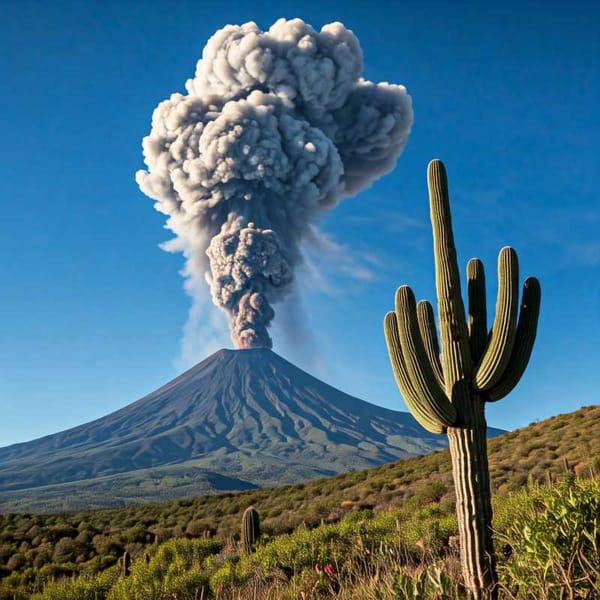Coastal vulnerability and adaptation to climate change
Even though climate change has a global reach, it is the coastal zone that has caused the most alarm because it is where many of the effects are reflected most vividly.

Even though climate change has a global reach, it is the coastal zone that has caused the most alarm because it is where many of the effects are reflected most vividly.


The Tepexpan remains, discovered in 1947, sparked decades of debate. Initially believed to be a 10,000-year-old man, later studies suggested a 2,000-year-old woman due to contamination. Uranium dating eventually revealed the remains to be a 6,000-year-old man.

A study in Plos One reveals a 1,817-hectare mangrove loss in northwest Mexico (2015-2020). Researchers used Google Earth Engine to analyze satellite imagery, finding losses concentrated in Sinaloa due to aquaculture and Hurricane Willa, while Baja California saw minimal change.

Mexico’s tacos, festivals and crafts aren’t just cultural gems—they fuel 2.9% of GDP (815B pesos) and 1.5M jobs. Heritage like Day of the Dead, rain rituals and artisanal crafts prop up the economy, proving tradition can be a financial powerhouse.

For 30 years, Popocatépetl (aka Don Goyo) has been erupting, baffling scientists who've studied it since before its 1994 reactivation. From mapping hazards to analyzing ash, their research has spanned decades, even involving a presidential briefing.